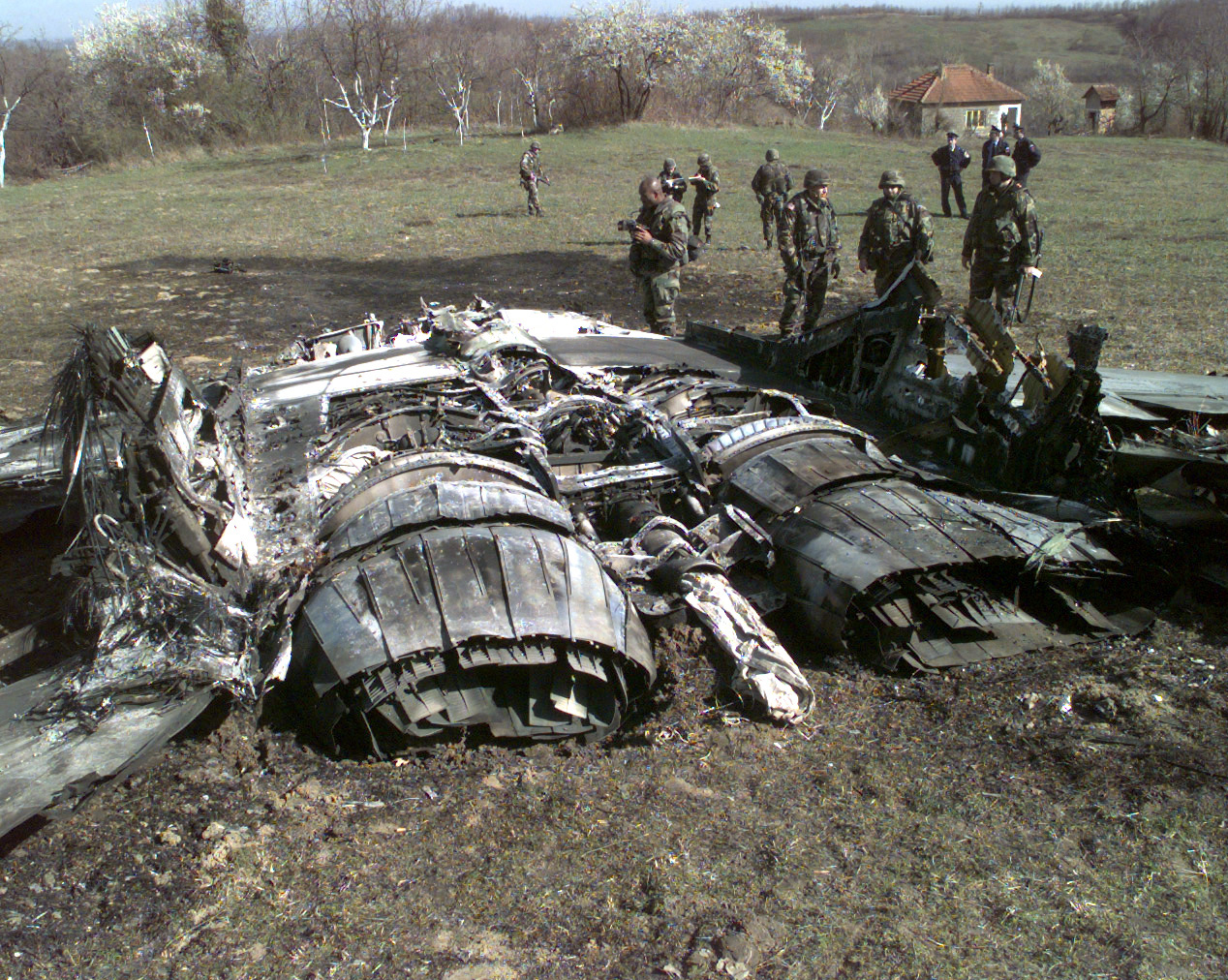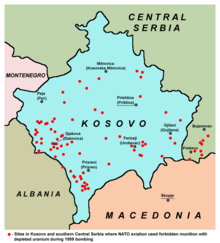Understanding the NATO Bombing of Yugoslavia
On
March 24, 1999, NATO bombed Yugoslavia in order to stop egregious human
rights violations against Kosovo. But this is a very complicated and
contentious topic - learn more about what drove NATO to take action in
this board.

It was formed in 1945, shortly after World War II and began to break up in 1991 after the fall of the USSR.
The seven modern day nations that made up Yugoslavia are:
- Slovenia
- Croatia
- Bosnia and Herzegovina
- Serbia
- Montenegro
- Macedonia
- Kosovo
Yugoslavia is and was a melting pot of ethnicities and religions. As one country, Yugoslavia's rich multiculturalism was a source of contention, culminating in a series of bloody conflicts in the early 1990s.
See this website for maps and more information about Yugoslavia.


- Josip Tito ruled & held together Yugoslavia from its formation in 1945 until his death in 1980.
- When Tito died, the constitution took all real power away from the federal govt. of Yugoslavia and passed it down to the eight republics and autonomous provinces that made up Yugoslavia.
- Those eight were the seven modern day countries (see learning above) plus Vojvodina.
- Slobodan Milosevic, Serbia's president, took advantage of the power vacuum that was happening in the 80s and took over Kosovo, Vojvodina, and Montenegro.
- In 1991 the more autonomous republics that had been a part of Yugoslavia began to vote to be their own nations. Much fighting ensued as some people in these nations fought to be independent, and others wanted to remain bound together.
- Milosevic forcefully held on to Kosovo, Vojvodina, Montenegro, and Bosnia Herzegovina
 .
.

He became the leader of Serbia in 1987. He advocated for his region, Serbia, to continue on as Yugoslavia and retain its seat in the United Nations.
- Milosovic wanted to keep Yugoslavia as big as possible and prevent the republics that comprised it from breaking apart.
- But the republics wanted to break apart, and as they did so Milosevic strove to hold them togehter - by force if necessary.
- Between 1988-1990 he took back Kosovo and Vojvodina.
- In 1992 after Bosnia voted to succeed from Milosovic's version of Yugoslavia, he invaded and fought for three years.

The dominate ethnic group is Albanian,
making up about 80% of residents in Kosovo. The growth of the Albanian
community led to increased demands for greater minority rights by ethnic
Albanians, particularly during the 1980s. Serbian President Slobodan
Milosevic eventually authorized the forceful use of troops to attempt to
subdue Kosovo.
He was so brutal that NATO intervened in 1999.

NATO mostly used a large-scale air campaign to destroy Yugoslav military infrastructure. After three days of bombing, almost all targets were destroyed. But the Yugoslav army still managed to function and attack Kosovo, committing numerous human rights violations along the way.
Next, strategic economic and society targets, such as bridges, military facilities, official government facilities, and factories, were bombed. This caused much economic and environmental damage.
On June 10th, the bombings finally ended and Milosevic agreed to peace talks.

This is a very contentious issue and is well summarized with plenty of legitimate references in this Wikipedia article.
Viewpoints for NATO:
- They stopped gross human rights violations that were happening in Kosovo.
- NATO didn’t have permission to use force. Two permanent NATO members (Russia & China) vetoed.
- NATO bombed civilian targets, such as television stations, water and electricity suppliers, and the Chinese embassy in Belgrade.

It was overseen by a group of 23 European Union countries for the first few years of its independence from Serbia.
In 2012, it was announced that the supervision of Kosovo by the EU was finished, meaning it was completely independent, however a NATO peace keeping force remains.
Most of the world recognizes Kosovo's independence today with a few exceptions: Russia, Serbia, Georgia, and China.


No comments:
Post a Comment